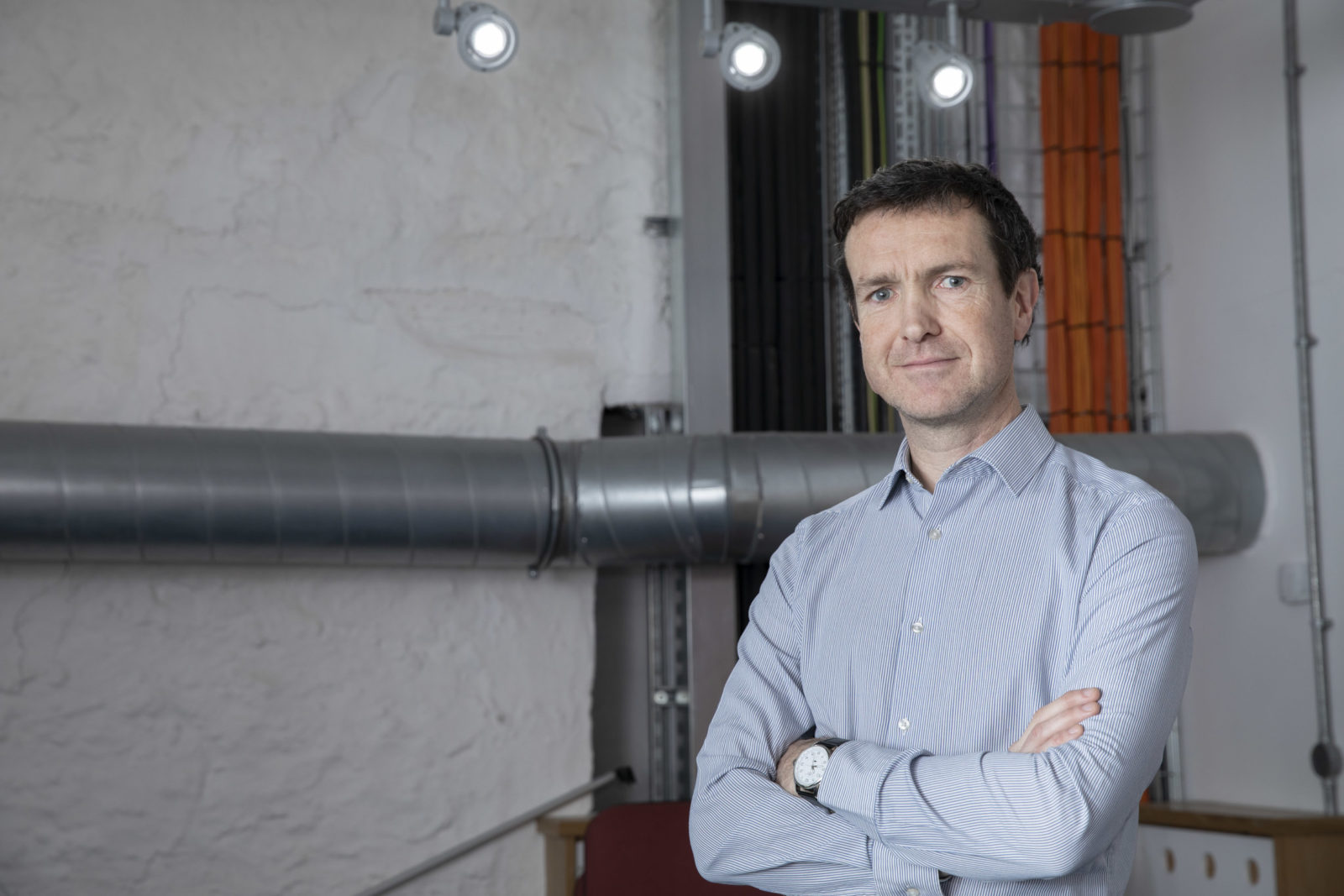A North Wales TV company is going global with a new big budget show that busts the myth that rain is shaped like teardrops.
Caernarfon-based Cwmni Da led an international consortium to make the three-part series which takes an in depth look at how rain has affected humanity and reveals that raindrops actually look like hamburgers.
The £650,000 co-production, called Rain: The Untold Story, has already been chosen by industry magazine Broadcast as one of 2022’s Top 10 picks to watch.
It’s a follow-up to a ground-breaking series, Tide, which was sold to 50 countries worldwide and won the Silver Dragon Award at the prestigious China International Congress of Science and Education Producers in Beijing where big names like National Geographic were also vying for glory.
Rain features the same core partners, TG4 in the Republic of Ireland, BBC Northern Ireland, MG Alba in Scotland and the LIC, the largest independent television production company in China.
It has also received funding from the Welsh Government via Creative Wales that’s designed to tap into new global markets.
The series earned rave reviews at the MIP TV trade show in Cannes, the French Riviera resort that’s also famous for the international film festival, and is being pitched to broadcasters around the world by specialist documentary distributors, TVF International.
According to Cwmni Da, TVF International have already secured numerous deals at MIP TV and say they expect even more sales.
As well as providing programmes to S4C and UK network channels, developing new international markets was one of the priorities of Cwmni Da managing director Llion Iwan when he joined the company in 2019, initially as director of content.
He said: “I’m glad to say the first co-production, Tide, was a big hit and we are aiming for similar success with Rain.
“This series taps into the zeitgeist of climate change and environmental conservation.
“Civilisations have been shaped and destroyed by rain, or lack of it, and that continues, probably in a more drastic form than it ever has, due to climate change.”
Filming took place in China, Korea, India, America, Ireland, Scotland, the United Arab Emirates and Kenya.
The main international version of the series was edited at Cwmni Da and formed the basis of the different versions for their partners in Scotland, Ireland and China who sent their own presenters to film pieces to camera in a number of the locations.
Associate Producer Euros Wyn said: “With Tide, it was possible to send our own director and crew out to locations, such as China, Norway, Canada and the Netherlands, but this time it had to be filmed within the worldwide Covid restrictions.
“As a result we had to adapt so we sub-contracted the work to local production companies in the countries where the stories were located.
“We briefed them extensively and gave them our style guide and then explained the story card to them. They then sent the rushes to us and provided transcripts of the interviews.
“In essence, it was a gigantic jigsaw and in fairness all the pieces have come together extremely well to create what we believe is a fantastic series for which we have high hopes.”
According to Euros Wyn, it was inevitable that the issue of climate change formed a backdrop to the whole series.
He added: “As global rainfall patterns are becoming increasingly unpredictable, our relationship with rain is changing, so the stories we chose to feature in the series needed to reflect this fact.
“For instance, if you look at the west coast of Ireland which gets a lot of rain, there is an island, Inis Oirr, where they suffer a drought every year.
“Even in Scotland you’re seeing a shift now in the rainfall patterns between the eastern and western sides of the country.
“At the other end of the scale, in China extremely heavy downpours and flooding have led to the development of what’s called ‘sponge cities’.
“Essentially, what this means is creating huge green areas within the concrete sprawl of a city, that can absorb higher levels of rainfall.
“We not only show people who are living in communities directly affected by climate change, but also those who are at the vanguard in developing our understanding of rain.
“For example, we filmed with Dr Mike Larsen at Charleston University in West Virginia whose research involves studying rain in minute detail, even down to the shape of individual raindrops. And contrary to popular belief, they’re not tear drop shaped. They actually look more like a hamburger.
“Another scientist in Michigan has dedicated most of his career to studying how clouds are formed. In order to do this, they created a cloud chamber on campus, which enables them to have complete control over the environment within the chamber itself, and to basically create their own clouds.
“But we also look at the cultural impact of rain. In Hawaii for instance, we see how a tribe continues the tradition of the rain dance that has been passed down the generations. The ceremony and the dance are absolutely stunning.”
Llion Iwan added: “The logistics were pretty complex from the outset but everything has come together really well and we’re all delighted with the result. It’s a testament to the excellent cooperation we’ve had from all the partners – it’s a great team.
“The collaboration has shown what’s possible if you come together in the right spirit and we are hopeful that this will lead to further international projects.”








Leave a Reply
View Comments